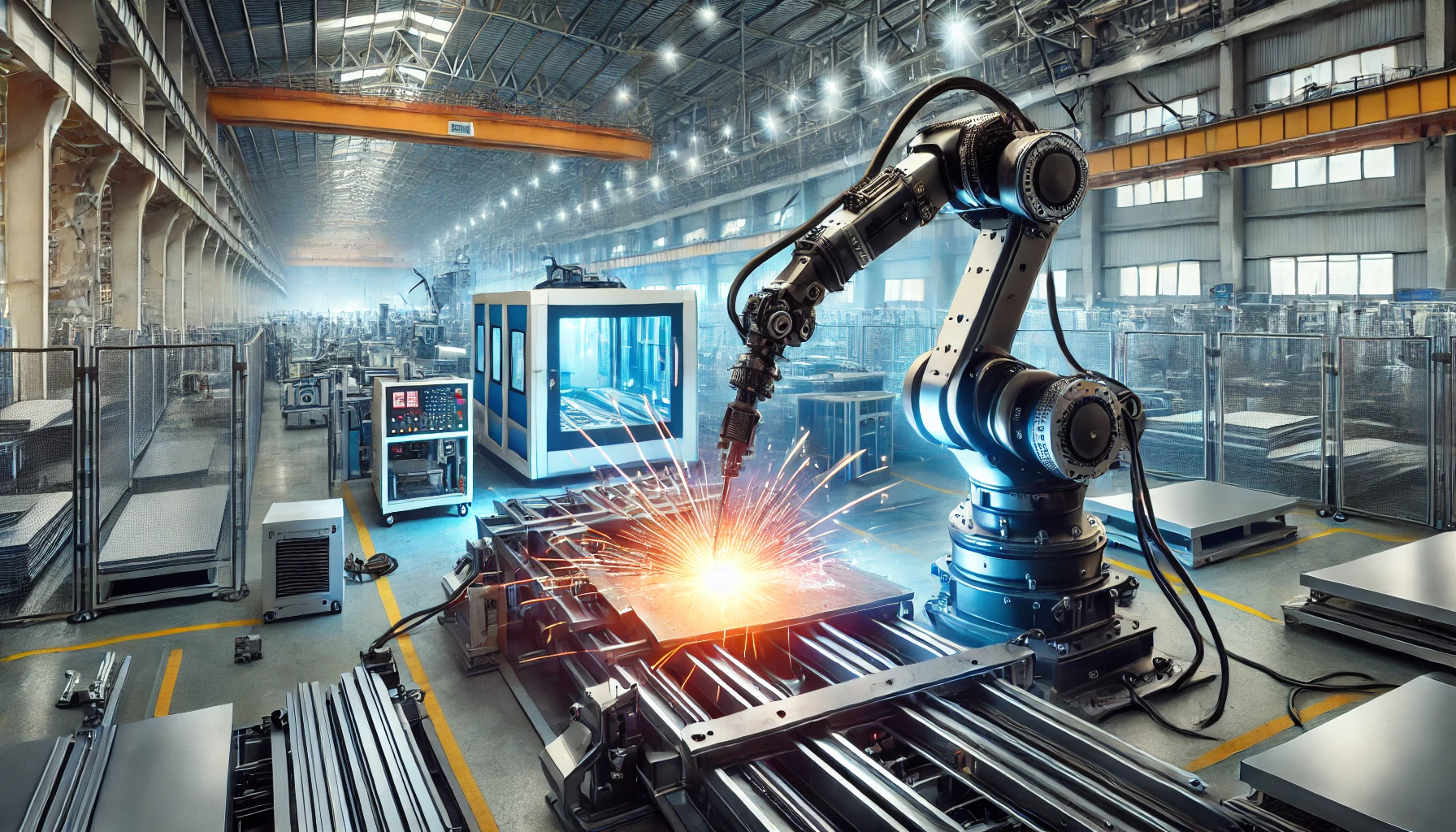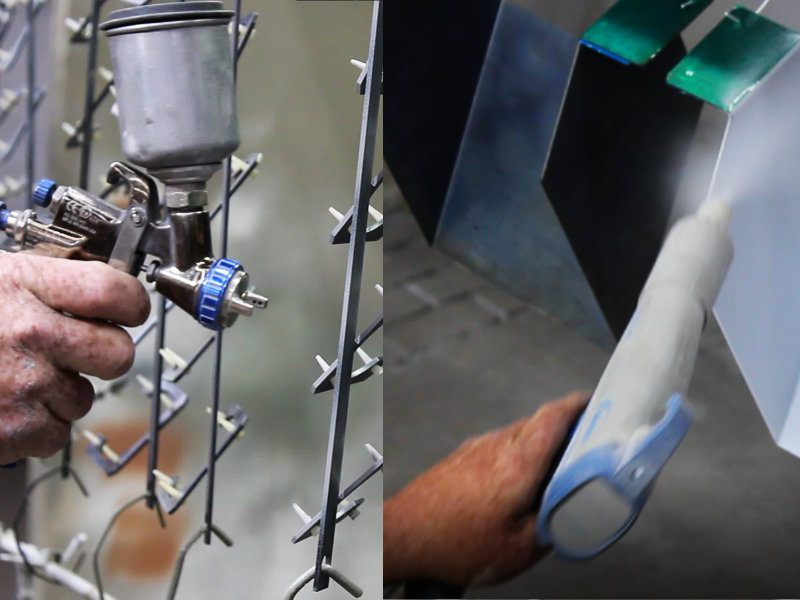Your next metal fabrication project is about to get real. Whether you want to design a metal enclosure for a sensitive machine or for simple storage cabinets, perfection is key. There are various practical difficulties to keep in mind while fabricating the enclosures.
Fabricating metal enclosures requires top-notch skills. These 5 sheet metal enclosure tips will help make your project a success;
Metal Thickness is Key
It’s the thickness of the sheet metal that should determine the weight, strength, punch size, and flange length of your enclosure. It’s hard to make small products out of thick metal. Also, if you are designing a large part that needs extra strength, increasing the material thickness is imperative.
Since sheet metal parts are made from a single sheet, you have to maintain uniform wall thickness.
Bending Consistency is Mandatory
It’s essential to keep a consistent bend radius. The bend radius within your sheet metal design should add up to the content thickness. Having a bend radius that does not correspond with the product width might lead to substance circulation problems and fractures. The minimum flange length for a bend should be three to four times the thickness of your material.
Keep in mind that some metals do resist bending. The surface condition and chemical composition of the metal should guide you in testing its flexibility.
Selection of Tools
For successful sheet metal fabrication, you need a wide assortment of tools that can handle a wide range of capabilities. For instance, you will need to use different tools and apply various techniques when it comes to steel than it does for brass or copper.
Whether you are forming brass, welding copper, or punching steel, you must have tools that can handle the job. The tools that you will need when drilling aluminum are different from the ones to punch steel. Each of these manufacturing techniques requires specialized tools.
Keep Your Design Simple
Keeping your design and design requirements simple is a challenge to many fabricators. A sure-fire way to fulfill your expectations is by having a simple sheet metal enclosure design. A simple design paves the way for a cost-effective and time-saving fabrication process.
With a simple design, you will not run into the problem of custom tooling. Custom tooling is detrimental in terms of costs and might not be conducive for a quick-turn solution.
Choice of Material
The material you are about to choose for your project depends on the following properties;
Tensile Strength
You should select your material depending on the amount of force required to snap the metal. Stainless steel has high tensile strength and can handle high tension, unlike aluminum.
Weldability
Is your material easy to weld? Will your material require advanced preparation to prepare it for the fabrication? A metal sheet material that requires a lot of advanced welding might be unsuitable due to the increase in costs. Stainless steel has medium weldability, while pure steel is very weldable.
Corrosion Resistance
Depending on the application of your product, you should choose a material that can withstand high levels of corrosion. If you are designing a metal enclosure for electronic products, it should be able to resist high oxidization and chemical reactions.
Various hot and cold sheet metal forming techniques might affect your choice of materials. These techniques include forming and bending sheet metal along multi-axis points in processes such as stamping, hydroforming, spinning, and deep drawing.
The Bottom Line
Are you looking for a sheet metal fabrication expert to undertake your design processes? Get in touch with us today, and we will be willing to help!




